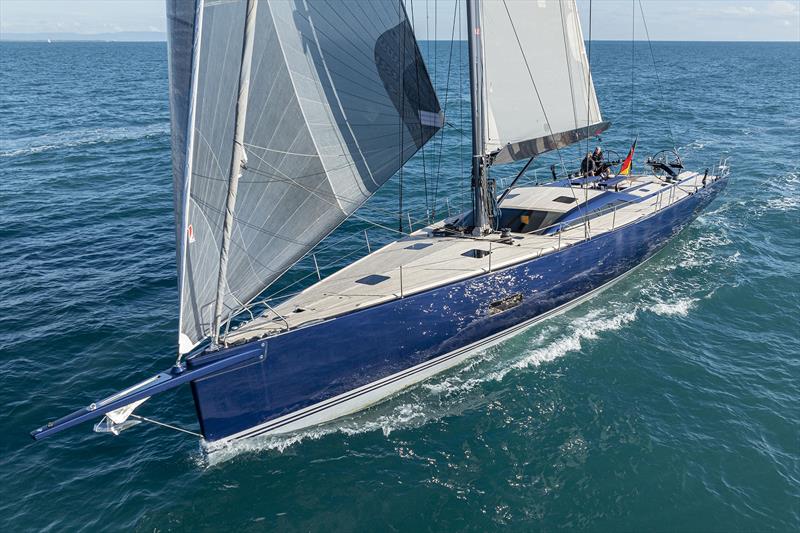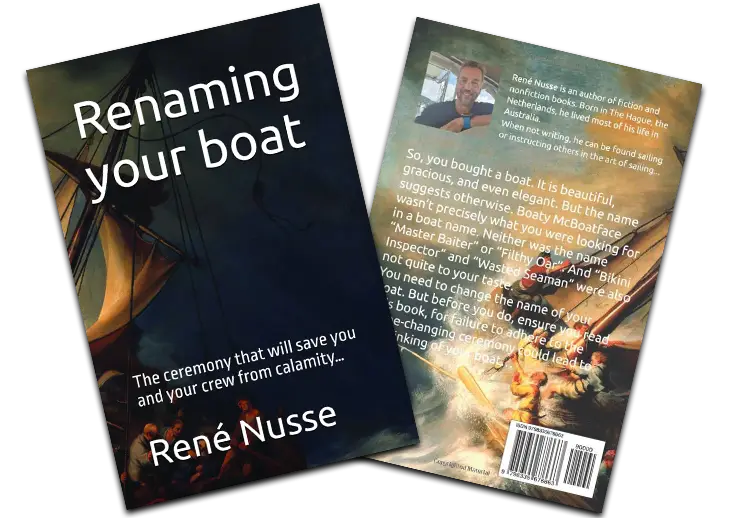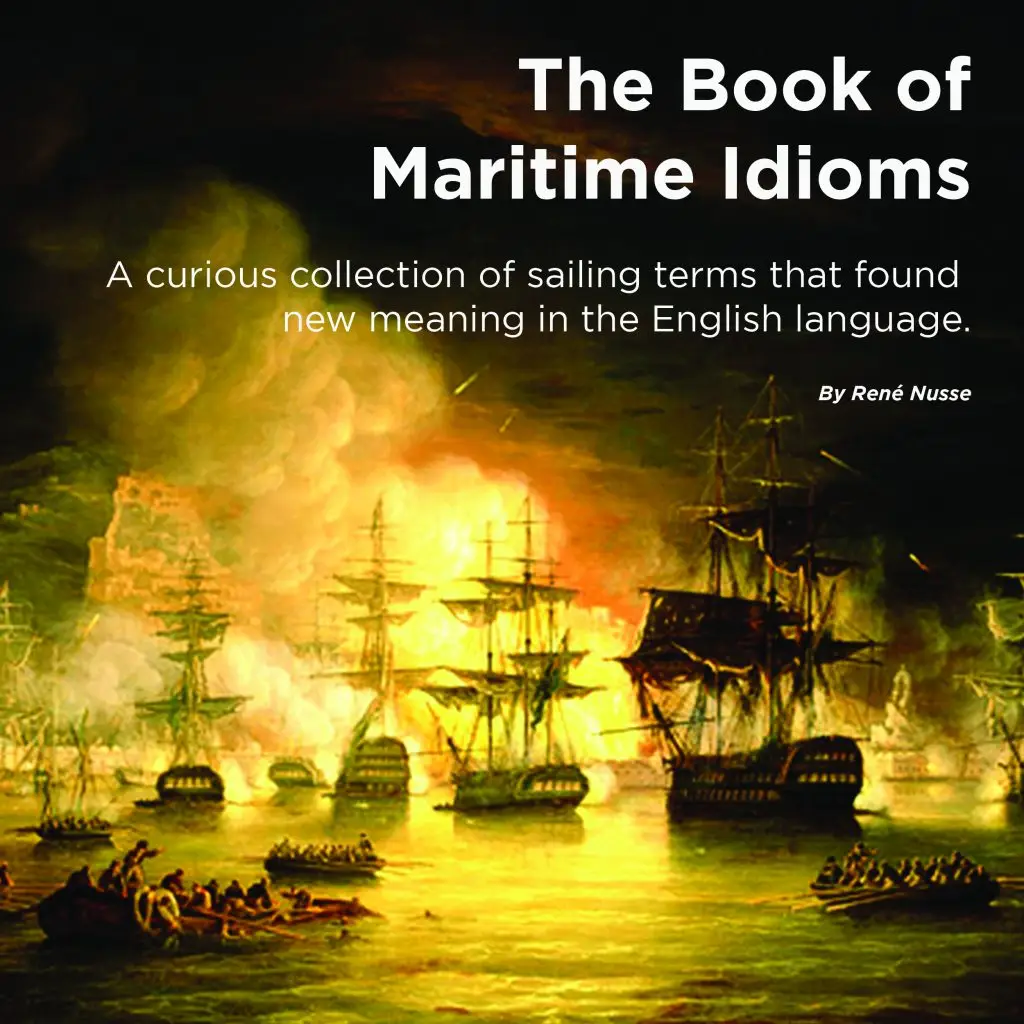The Comfort Ratio: Measuring Motion Comfort at Sea
When choosing a cruising yacht, buyers often hear about the displacement-to-length ratio, the sail area-to-displacement ratio, or the ballast ratio. But tucked among these performance metrics is a lesser-known yet surprisingly useful figure: the Comfort Ratio.
Developed by yacht designer Ted Brewer, the Comfort Ratio is intended to estimate how “comfortable” a boat will feel in a seaway, particularly offshore. Unlike speed-oriented ratios, it focuses on motion comfort, the degree to which a vessel will roll, pitch, and lurch when the sea turns ugly.
Why Comfort Matters
Offshore passages are not speed trials. Even the fastest cruiser will spend most of its time under the whims of the sea. A yacht with poor motion comfort can leave crew seasick, fatigued, and mentally drained, making them slower to react to emergencies, less able to enjoy the voyage, and more likely to give up altogether.
The Comfort Ratio doesn’t promise a magic “perfect ride” number—no formula can—but it provides a way to compare yachts beyond the showroom sparkle.
The Formula
Ted Brewer’s Comfort Ratio formula is:

Where:
Displacement (lbs) = The yacht’s weight in pounds.
LWL = Length at waterline (feet).
LOA = Length overall (feet).
Beam = Maximum width of the hull (feet).

What the Formula Is Measuring
The Comfort Ratio essentially looks at how much mass the boat has relative to its length and beam. In simple terms:
Heavier boats with moderate beam tend to have higher comfort ratios—they resist being thrown around by waves.
Light, beamy boats tend to have lower comfort ratios—they react quickly to wave action, which can be fatiguing offshore.
The weighting between LWL and LOA is a clever tweak. It accounts for overhangs (longer LOA than LWL), which affect how the boat behaves in a seaway but have little impact on displacement.
Interpreting the Numbers
While not absolute, Ted Brewer suggested some general ranges:
| Comfort Ratio | General Motion Comfort Category |
|---|---|
| Under 20 | Very light, potentially lively motion; best suited for coastal or racing yachts |
| 20–30 | Moderate; suitable for coastal cruising and occasional offshore |
| 30–40 | Good offshore comfort for most conditions |
| Over 40 | Heavy motion comfort; often long-range voyaging yachts or heavy-displacement classics |
Strengths of the Comfort Ratio
Quick Comparison Tool – You can evaluate motion comfort without sailing the boat first.
Offshore-Oriented – Unlike sail area ratios, it considers mass and hull proportions about stability and motion.
Highlights Extremes – Will immediately flag an ultralight coastal flyer or a bluewater tank.
Limitations You Shouldn’t Ignore
Doesn’t Measure Seaworthiness – A high comfort ratio doesn’t guarantee safety if the boat’s hull form or rig is poor.
Doesn’t account for Hull Shape – Deep V hulls vs flat-bottom hulls can have vastly different motions even with identical ratios.
Ignores Ballast Distribution – A boat’s stability and recovery ability aren’t in the equation.
Not a Comfort Guarantee – It’s an indicator, not a prophecy.
Examples
Vancouver 28 – Displacement: 8,960 lbs; LOA: 28’; LWL: 22’; Beam: 8.5’ → Comfort Ratio ~ 39 → Slow but very comfortable in a seaway.
Beneteau First 35 – Displacement: 12,566 lbs; LOA: 35’; LWL: 31’; Beam: 11.3’ → Comfort Ratio ~ 23 → Quicker but more lively motion offshore.
WestSail 32 – Displacement: 19,500 lbs; LOA: 32’; LWL: 27’; Beam: 11’ → Comfort Ratio ~ 42 → Heavy motion comfort, classic ocean cruiser.
Final Thoughts
The Comfort Ratio is best used alongside other metrics like the capsize screening formula, sail area ratios, and ballast ratios. Think of it as one voice in a “panel of experts” advising you on a yacht’s offshore potential.
For the offshore cruiser, a number in the low- to mid-30s can strike a healthy balance between seaworthiness, comfort, and passage-making speed. For those prioritising a “soft ride” and willing to sacrifice some speed, numbers creeping into the 40s and beyond may be ideal.
In the end, no equation replaces a sea trial in real weather. But if you’re thumbing through yacht listings at home, Ted Brewer’s Comfort Ratio can be your early-warning system for whether you’ll be sipping coffee in the cockpit—or clutching the lee rail.
Lets find out what your boat’s Comfort Ratio is
Comfort Ratio Calculator
Author
-

Rene is a keelboat instructor and sailing coach in the Mandurah area WA. He is also the author of several books about sailing including "The Book of Maritime Idioms" and "Renaming your boat".
View all posts


